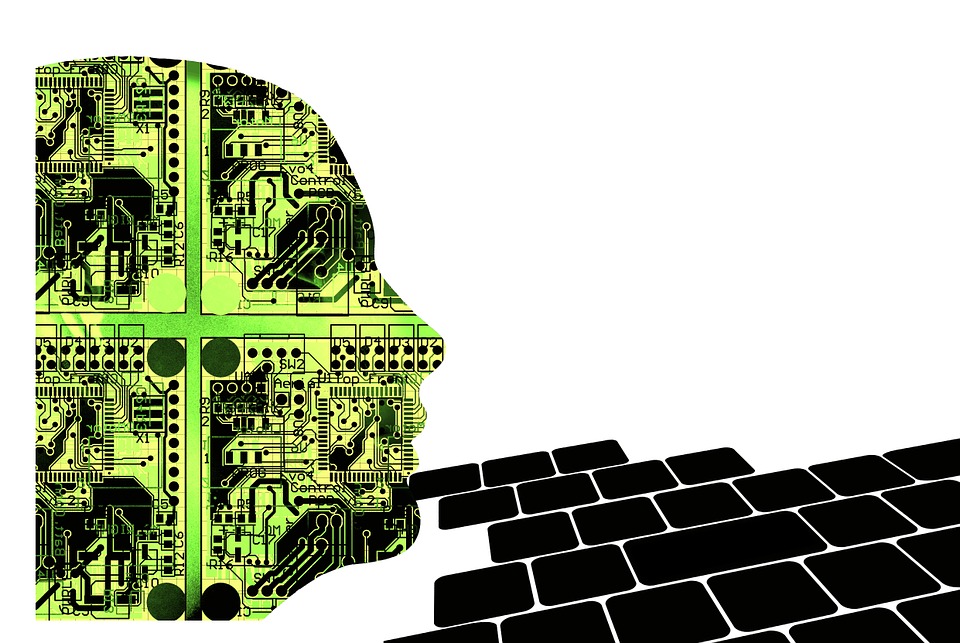Artificial intelligence has exhibited tremendous potential when it comes to transforming business and technology. As a result, executives and CIOs at major enterprises are taking necessary steps to make sure their organizations are equipped to capitalize on the latest breakthroughs in enterprise AI related technologies. The five main trends in enterprise AI found in innovative companies include:
The combination of connected and infrastructure solutions
CIOs need to keep a close eye on their infrastructure and carefully chalk targeted maintenance solutions with the help of connected infrastructure solutions.
This means organizations must be ready to extract benefits from AI. At present, technology stacks within the enterprise feature compartmentalized vendors capable of tackling various workflows, thereby making it difficult to collect views on individual aspects and the system as a whole. However, to truly derive benefits from enterprise AI, the organization requires greater amounts of data along with a more comprehensive perspective regarding their data.
This is the main reason why organizations working closely with AI are investing heavily in converging their connected solutions and infrastructure – not only does this assist with the collection of suitable data but it also aids in scaling workloads.
Connected infrastructure solutions are being used by companies to combine infrastructure components for real-time information along with active alerts that feature the exact data they require. This allows CIOs to have eyes on the company infrastructure in each moment. The safe and secure use of this solution can work wonders when it comes to reducing the costs and time connected with inspections and maintenance.

Since the chances of two separate infrastructure components being the exact same are minimal, CIOs need to combine their expertise with that of their partners to get a concrete idea about all things related to sensors, services, and software, and then combine it with the pertinent know-how of the domain.
The use of such cloud-based solutions allows CIOs to integrate third-party services, thereby providing additional insight into conditions and safety.
Growing demand for enterprise AI leadership
A steady, reliable executive leadership is extremely essential when it comes to gathering data from across the enterprise as well as driving different AI solutions through the political hurdles. Thus, the roles that are required by an organization for AI and data efforts include — in addition to chief information officer — chief data scientist and chief AI officer. These positions will continue to increase in terms of importance and popularity.

While nobody can refute the role of data as a vital asset in the corporation structure, it does pose several organizational challenges. Data cleaning and collection, for example, often get hampered by inconsistent or unstructured organization, company politics and incentives, and departmental silos.
The truth is, AI is beginning to make its presence felt in almost every industry, and, slowly, software interactions are becoming a regular part of your daily life. This explains why AI technology, like machine learning, voice recognition, and virtual personal assistants, are all becoming increasingly widespread. IT professionals continue to gather AI technology so that they are able to remain competitive leaders within their respective fields by improving the business experience for the users as well as the efficiency of their apps.
If CIOs want the business to thrive in this shifting environment, it is essential to incorporate and embrace artificial intelligence within the daily processes. Incorporating AI within administrative long-drawn tasks usually allows CIOs to take back that time spent from their workday. Automating regular tasks like logging the support calls also enables CIOs to enjoy more time so they can move their team to a higher digital level, thereby getting stuff done.
Automation and augmentation

You need to understand that artificial intelligence is capable of not only augmenting and increasing efficiency, but automating and replacing as well. This is true when it comes to employee roles, thereby enabling your staff to turn their attention toward more creative and strategic responsibilities, which certainly does not constitute drawing pictures of “ligers” like Napoleon Dynamite did in that eponymous and hilarious movie. If you have employees spending their time doing that and drawing pictures of that caliber, you may have a problem on your hands, but that is another subject!
Moreover, AI is designed and programmed to establish new job positions as well within the organization, especially the ones connected to the stewardship and creation of AI systems.
Some of the most pertinent examples of automation are the cleaning and the eventual de-duping of data for analytic purposes, the processing of forms within the back office, and looking through social media and web to come across suitable candidates for recruitment. One of the most typical instances of augmentation is the cyborg models for customer service as well as the cognitive service used to provide advice on executive decision making.
Improved decision making from improved insights
Most enterprises make use of machine learning because it helps surface insights. However, tools are going to evolve soon to lend the necessary amount of support to the decision-making process on the basis of such insights.
The main challenge is for the organizations to introduce surfaced insights into the regular processes and workflow of the company. In order to lend support to such a practice, enterprise AI solutions tend to cover managed solutions apart from product offerings.
This helps decrease the complexity level for the customers and allows for action-orientation. Such a combined solution works amazing when they wish to highlight the relationships and observations in their data along with leading their employees towards the correct direction, often automating the decisions on their behalf.
Process of democratizing AI capabilities

A lot of the major work that has been carried out in the field of AI in the last couple of years has been the handiwork of major players in the technology field, including Microsoft, Google, Salesforce, Amazon, and Facebook.
These companies are the owners of the necessary datasets and have all the computing power. But when it comes to cognitive services, they have become the de facto offering while computing expenses are on the decline, thereby enabling the democratization of AI access for startups, smaller business, and entrepreneurs.
Enterprise AI still has a long way to go before your company’s IT becomes powerful enough to take care of its own, but in that given period you can use these trends to build a more competitive business model for now and the future.
Photo credit: Wikimedia



